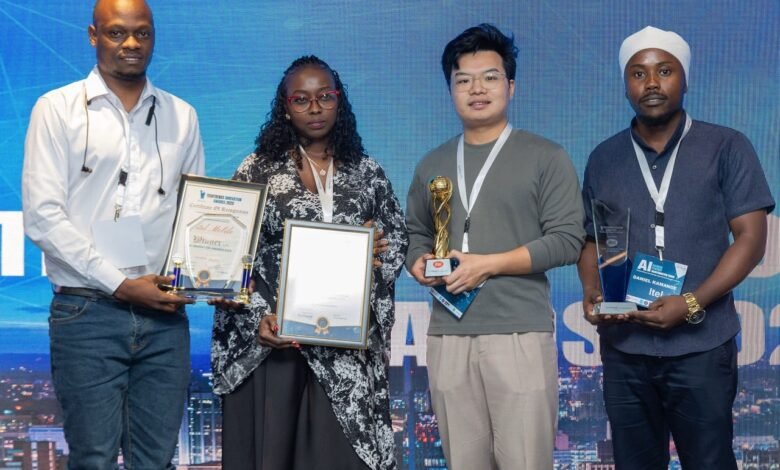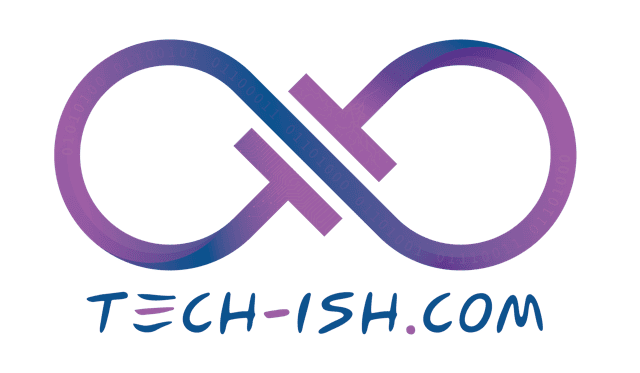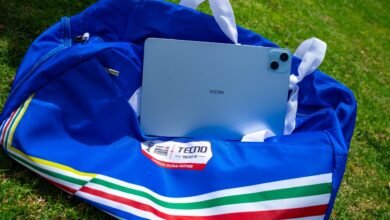
Itel, a brand synonymous with budget-friendly phones, just unveiled a device that looks anything but. The new S26 Ultra packs a stunning 144Hz curved AMOLED display—a feature typically found on phones costing four times as much—for under $175.
But this isn’t just another product launch. The phone was officially recognized as the “No.1 Recommended Curved Display Phone Under $175” at the TechTrends AI Breakfast Forum in Nairobi. This wasn’t a simple product showcase; it was a high-level gathering of senior executives, AI experts, and policymakers discussing how artificial intelligence will unlock “Africa’s Next Growth Frontier.” The award positions the S26 Ultra not just as a gadget, but as a key piece of hardware for the very future being debated in the room.
The main event is the S26 Ultra’s 6.78-inch 3D curved display. With a 1.5K resolution and a super-smooth 144Hz refresh rate, it’s a screen designed to compete with flagships. Itel has also added a layer of durability with Corning’s Gorilla Glass 7i, a welcome addition in this price bracket.
Underneath the premium glass, the specs hold up. Itel has included a massive 6000mAh battery while keeping the body impressively thin at just 6.8mm. The phone also comes with an IP65 rating for dust and water resistance, complete with an “AI Rainproof Touch” feature that keeps the screen usable even with wet fingers. An AI-powered triple camera, 8GB of RAM, and 256GB of storage round out a surprisingly robust package for its KES 20,499 (around $175) price tag.
While the phone is impressive, the context of its award is what makes this interesting. The TechTrends AI Forum was a serious affair. The keynote was delivered by Annepeace Alwala, a VP at the data-labeling firm Sama, who delivered a powerful message about AI’s reliance on human input. “AI cannot breathe without people; data is its oxygen,” Alwala stated, noting that Sama’s teams in places like Kibera are the ones training the data behind global innovations like autonomous vehicles. “If the data is flawed, the model won’t work,” she reminded the audience.
The forum’s goal, according to host Nixon Kanali of TechTrends Media, was to “demystify AI and show how it can practically transform businesses, SMEs, and communities in Kenya and across Africa.”
Itel’s own Brand Manager, Ryan Zhang, who was a panelist at the event, connected the dots between affordable hardware and these lofty AI ambitions. “Digital inclusion requires more than just devices,” Zhang explained. “It demands affordable data, localized solutions, and stronger digital literacy.”
His point frames the S26 Ultra perfectly. For everyday users to participate in the AI-powered future that executives are planning, they need capable, affordable devices. A phone with a great screen, a huge battery, and enough power for modern apps is no longer a luxury but a necessity. By recognizing the S26 Ultra, the forum wasn’t just handing out a trophy; it was acknowledging that the continent’s digital transformation will be built on accessible technology.
So while Itel’s S26 Ultra is turning heads for bringing a flagship look to the budget segment, its real story is its role as a potential gateway for millions to access the digital economy that Africa’s tech leaders are so eagerly building.







